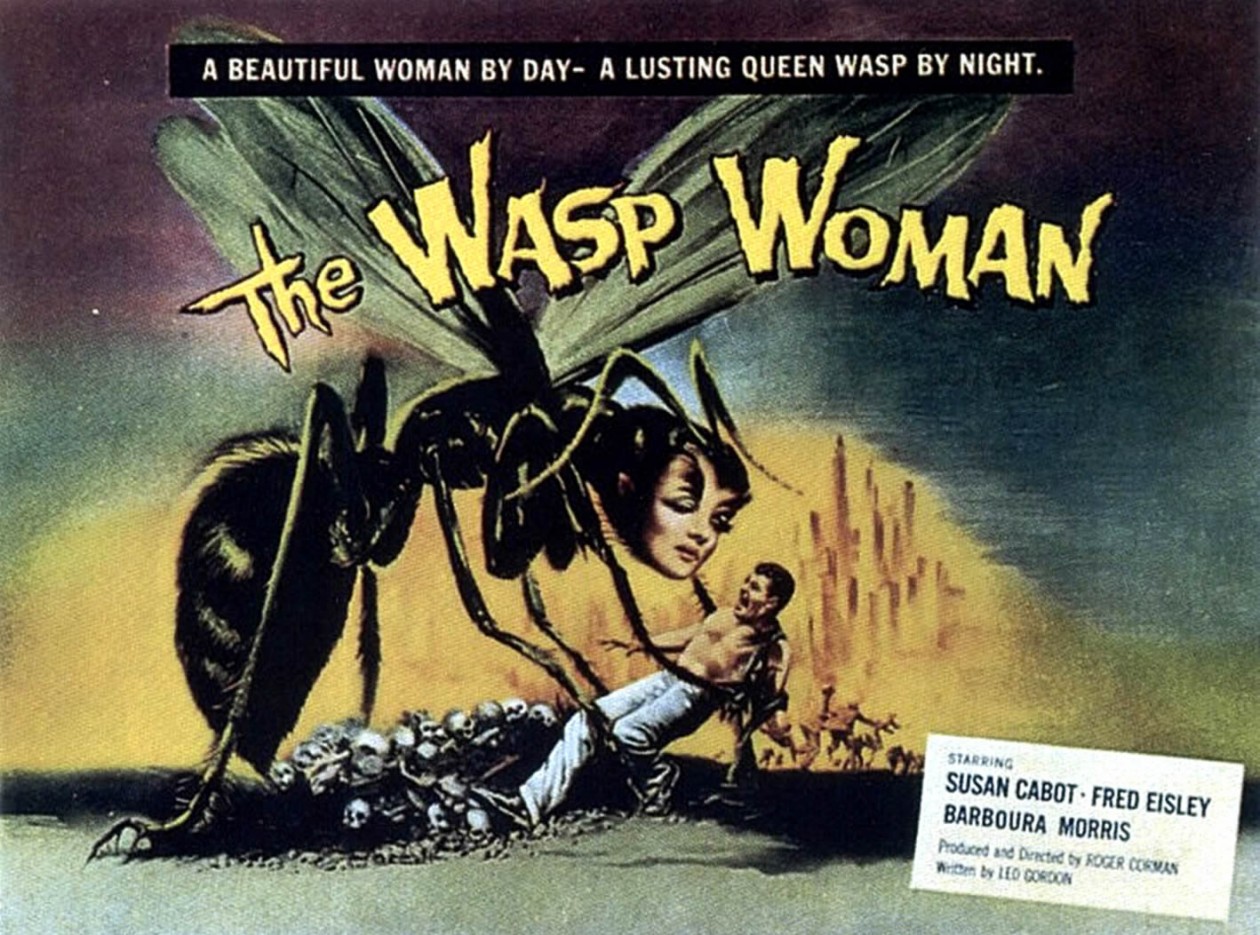After watching Stan Brakhage’s short film Window water baby moving I couldn’t stop thinking about it after class. It was a very memorable piece of work to watch and even on my ride back to the hill with a few girls from the class, we all discussed what we had just watched.
I think the way that Stan Brakhage filmed the entire piece was so artistic that as a viewer even though we were seeing a fully naked women, it was not a sexual scene at all. I think the quick cuts, no audio and the intimate moments we saw the woman have with her husband did a good job of making the whole thing looks less sexual and focus more on the beauty of a mother giving birth to her child. It is hard to have nudity and to not view it in a sexual way through being apart of American culture and how we are conditioned to viewing nudity, but Brakhage managed to show very intimate parts of the womans body while still keeping the main focus of the short film on the beautiful birthing experience a woman has. The way he shot close ups of the woman smiling or of her with her hands on her belly kept the primary focus of the film intact.
As we discussed in class, I appreciated the how Brakhage didn’t introduce us to the characters and we didn’t hear about their life story because as a viewer I did feel like I was not supposed to be in such an intimate private moment in this couples life, but it would have been even more uncomfortable learning about the couple through the film and then experience the birth of a couple that I feel like I kind of got to know though watching the film.
